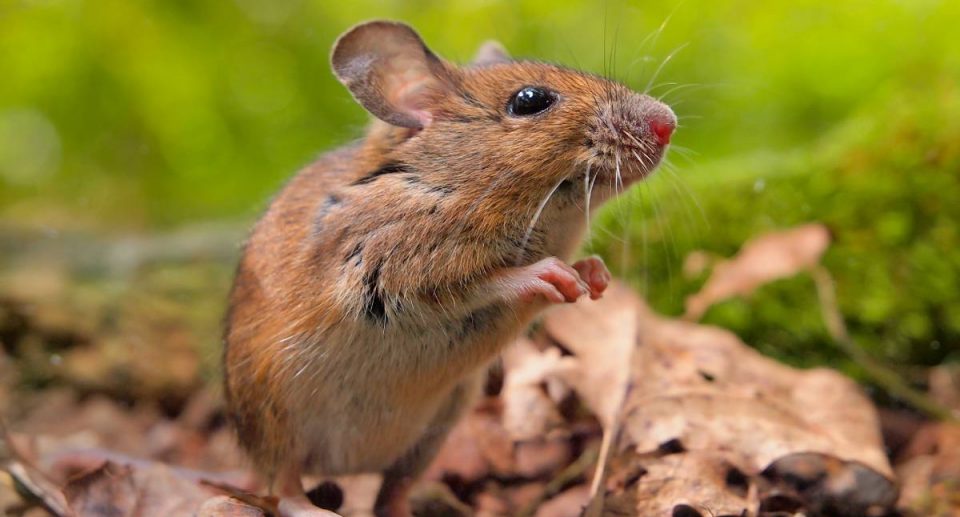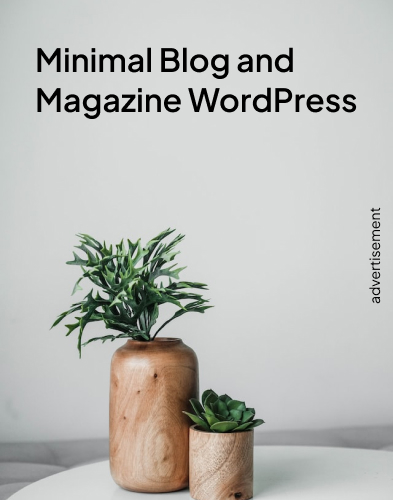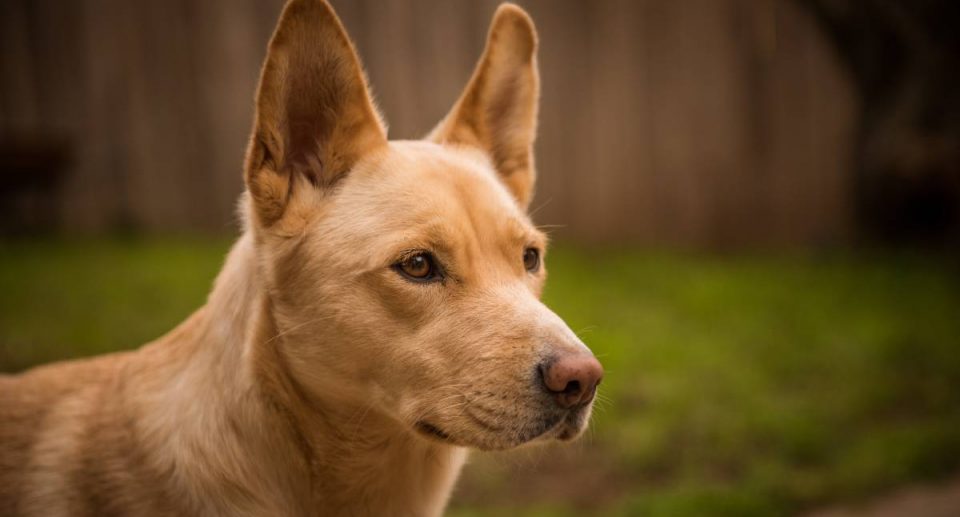
Australia’s ecological tapestry is woven with the intriguing tales of dingoes, the native wild dogs that have roamed the continent for thousands of years.
As we explore the relationship between Australia’s First Peoples and dingoes, the native status of these canids, and their evolutionary connection to domestic dogs, a captivating narrative unfolds. From the harmonious coexistence between Indigenous communities and dingoes to the challenges faced by these wild dogs in the modern era, our journey delves into the rich interplay between nature, culture, and humanity.
Did Australia’s First Peoples domesticate dingoes?
The domestication of dingoes by Australia’s First Peoples is a fascinating aspect of the continent’s history. Dingoes are wild dogs that are native to Australia and have been a part of the country’s ecosystem for thousands of years. While the exact timeline of their domestication is not well-documented, evidence suggests a close relationship between the First Peoples and dingoes.
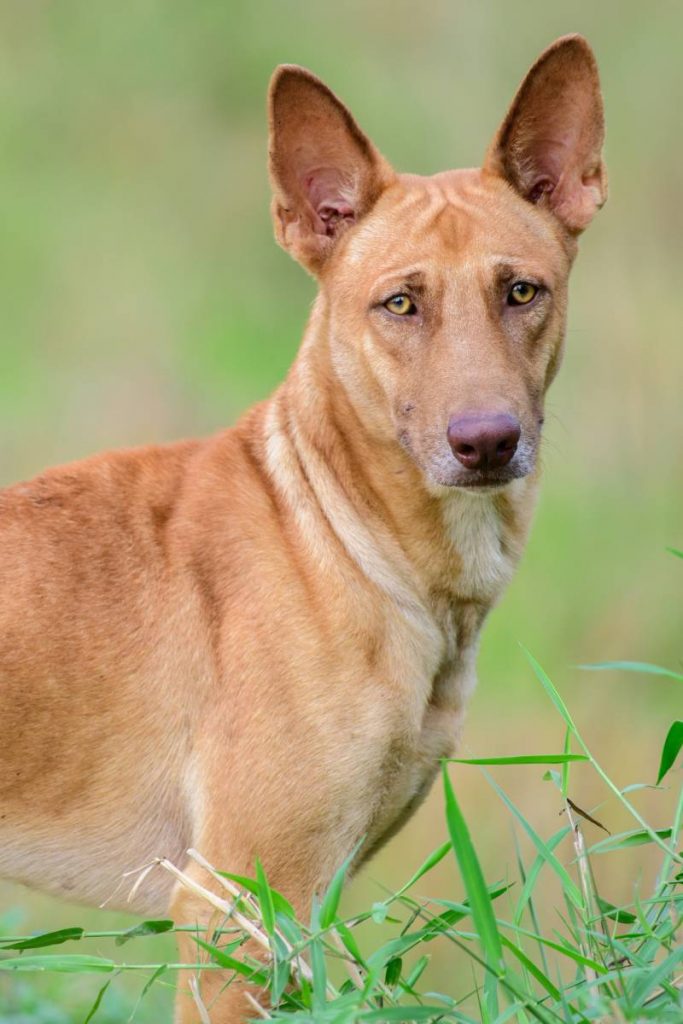
Australia’s Indigenous communities have a rich history of interacting with the unique wildlife of the continent. Dingoes, being one of the native species, played a crucial role in the lives of the First Peoples. Rather than a conventional domestication process seen in other parts of the world with animals like dogs or goats, the relationship between dingoes and the First Peoples was more of a coexistence.
Dingoes were not formally bred or tamed in the way that, for example, wolves were domesticated into dogs in other parts of the world. Instead, the First Peoples and dingoes shared a mutual connection shaped by the environment and the needs of both parties. Dingoes were often observed near Indigenous camps, drawn by the scraps of food left behind. In return, they helped the First Peoples by keeping other wildlife, like kangaroos and smaller pests, in check.
The presence of dingoes also had cultural significance for the First Peoples. They featured in stories, art, and spiritual beliefs, becoming an integral part of the cultural landscape. Some Indigenous communities even incorporated dingoes into their daily lives, using their fur for warmth and their companionship for hunting expeditions.
The lack of a formal domestication process might be surprising, especially when compared to the domestication of animals in other parts of the world. However, it highlights the unique and intricate ways in which the First Peoples adapted to their environment. Instead of exerting direct control over the dingoes, there was a harmonious relationship based on shared benefits.
While the relationship between Australia’s First Peoples and dingoes has deep historical roots, it is essential to acknowledge the challenges faced by dingoes in contemporary times. Modern issues such as habitat loss, competition with introduced species, and control measures to protect livestock have strained the delicate balance that once existed. Conservation efforts now aim to preserve the ecological role of dingoes while addressing the concerns of farmers.
Are dingoes Australian native?
Yes, dingoes are indeed native to Australia. These wild dogs have been a part of the Australian landscape for thousands of years, making them an integral component of the country’s unique ecosystem.
Dingoes are thought to have arrived in Australia around 4,000 years ago, possibly brought by Asian seafarers. Despite their relatively recent arrival in geological terms, they quickly adapted to the diverse Australian environments, ranging from deserts to forests. Dingoes are well-suited to the continent’s conditions, with their lean bodies, sharp senses, and remarkable ability to cover long distances.
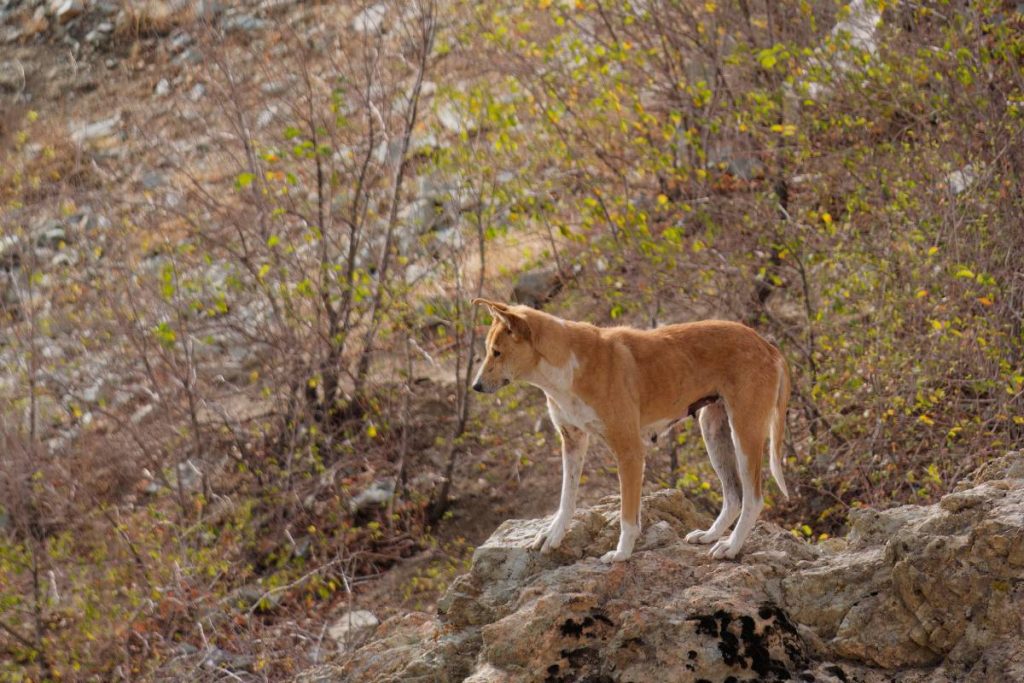
One distinguishing feature of dingoes is their appearance, which is often described as a mix of domestic dogs and wolves. They typically have a slender build, erect ears, and a bushy tail. Their coat colour can vary, including shades of yellow, ginger, or even black and white, demonstrating the adaptability that has allowed them to thrive in different terrains.
The role of dingoes in the Australian ecosystem is significant. They play a crucial role in controlling the population of smaller mammals and pests, helping to maintain a balanced and healthy environment. Dingoes are opportunistic hunters, feeding on a variety of prey, including kangaroos, wallabies, mice, and smaller mammals. This natural predatory behaviour is essential for preventing the overpopulation of certain species and ensuring the overall ecological health of the region.
The relationship between dingoes and Indigenous Australians is deeply rooted in the history and culture of the continent’s First Peoples. Dingoes are not only a part of the natural environment but also feature prominently in Indigenous stories, art, and spiritual beliefs. Some Indigenous communities historically formed a cooperative relationship with dingoes, benefiting from their presence in camp areas and acknowledging their importance in daily life.
Despite their significance, dingoes face challenges in the modern era. Human activities, habitat loss, and conflicts with livestock have led to efforts to manage dingo populations. The Australian government and conservationists are working to strike a balance between protecting dingoes as native species and addressing concerns related to agriculture and livestock.
Understanding the native status of dingoes is crucial for conservation efforts and preserving the ecological balance in Australia. Recognizing their role as a unique and essential part of the country’s fauna helps inform policies and practices that aim to protect dingoes while addressing the needs of local communities.
In summary, dingoes are unquestionably native to Australia, having adapted to the continent’s diverse landscapes over thousands of years. Their presence is not only significant for the environment but also deeply intertwined with the cultural heritage of Indigenous Australians. Acknowledging and preserving the role of dingoes in the ecosystem is essential for maintaining the health and biodiversity of Australia’s natural habitats.

Do dingoes only come in orange?
No, dingoes do not only come in orange. While the term “dingo” might be commonly associated with a sandy or yellowish coat colour, dingoes can actually exhibit a range of colours. The coat colour of a dingo can vary, including shades of ginger, tan, black and tan, or even white. The variability in coat colour is influenced by factors such as genetics and the specific environment in which the dingo lives.
It’s important to note that the perception of dingoes as primarily orange or sandy in colour might stem from common depictions or observations, but the species showcases a diversity of coat colours in reality. This adaptability in colouration allows dingoes to blend into different landscapes, from arid deserts to forested areas, showcasing their ability to thrive in various environments across Australia.
Are dingoes and dogs relative?
Yes, dingoes and dogs are relatives, sharing a common ancestry, but there are distinctions that set them apart. Dingoes are considered a unique and distinct species, Canis dingo, while domestic dogs, scientifically known as Canis lupus familiaris, have been selectively bred from wolves for various purposes.
Dingoes and dogs share a common ancestor, likely a type of wild dog, and they belong to the broader Canidae family, which encompasses all canids, including wolves, foxes, and other wild dog species. The divergence between dingoes and domestic dogs occurred when humans began selectively breeding dogs for specific traits, such as herding, hunting, or companionship.

One key difference is that dingoes have a more recent evolutionary history in terms of human intervention. Since the dingoes arrived 4,000 years ago (sort of), they adapted to the Australian environment through natural selection, resulting in the distinct dingo species we see today.
On the other hand, domestic dogs have been selectively bred by humans for thousands of years for various purposes. This selective breeding has led to the vast diversity in dog breeds, each with its own unique characteristics and traits. While domestic dogs and dingoes share a common ancestry, domestication has resulted in notable differences in behaviour, appearance, and size.
Physically, dingoes often have a more wolf-like appearance than many domestic dog breeds. They typically have a leaner build, erect ears, and a bushy tail. Domestic dogs, on the other hand, exhibit a wide range of shapes, sizes, and coat types, reflecting the diversity created through centuries of selective breeding.
Behaviorally, dingoes are known for their wild and independent nature. They are adept hunters and have retained many of the survival instincts of their wild ancestors. Domestic dogs, in contrast, have been bred for specific traits that align with human needs, resulting in a wide spectrum of temperaments and behaviours, from herding and guarding to being affectionate companions.
Despite these differences, it’s important to note that dingoes can interbreed with domestic dogs, and hybridization has occurred in some regions. This has led to concerns about the potential impact on pure dingo populations, as hybridization can dilute the distinct genetic characteristics of dingoes.
Conclusion
In the vast expanse of Australia’s history, dingoes emerge as enigmatic figures, both wild and culturally significant. The First Peoples’ unconventional alliance with dingoes showcases a unique form of coexistence, shaping the landscape in ways that transcend the conventional notions of domestication.
Dingoes, as native inhabitants, contribute to the delicate balance of the ecosystem, playing roles as hunters and symbols deeply embedded in Indigenous culture. As we navigate the complexities of dingoes’ past, present, and potential future challenges, it becomes clear that understanding and preserving this intricate relationship is not merely a biological imperative but also a testament to the interconnectedness of all living things.




